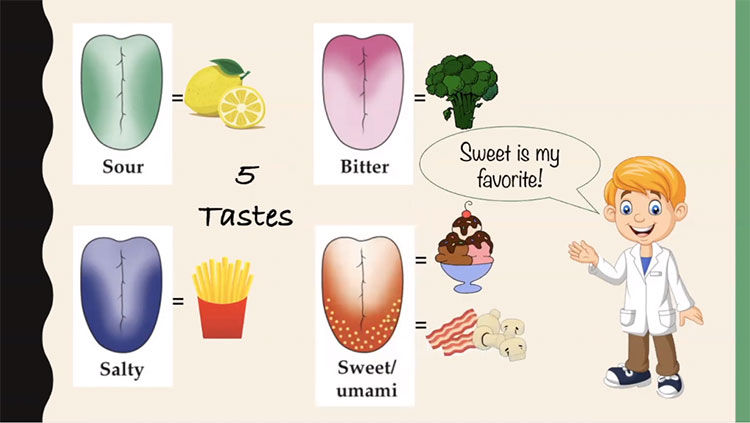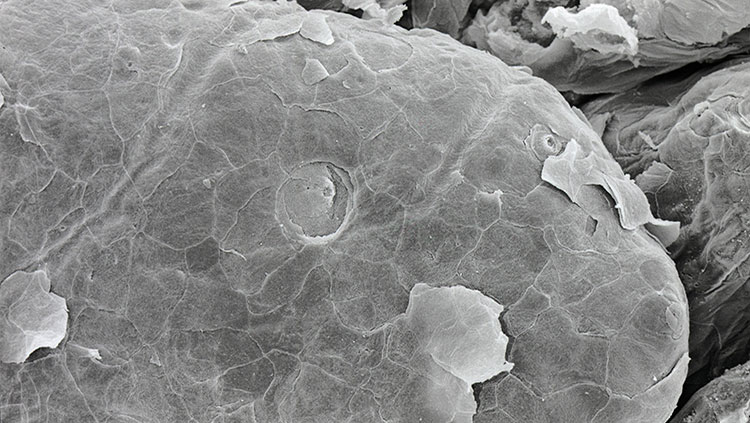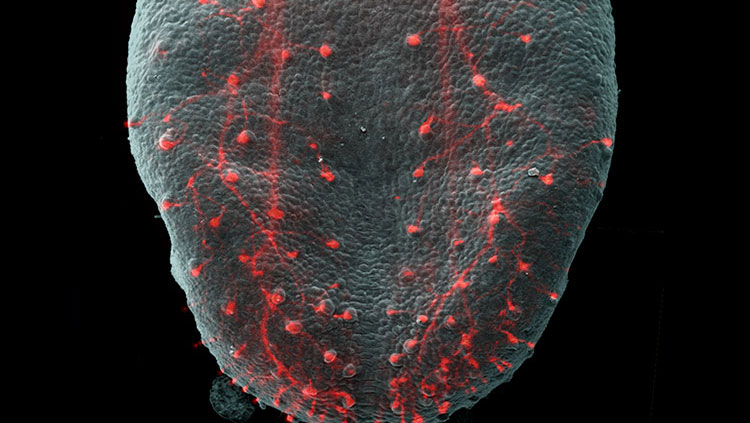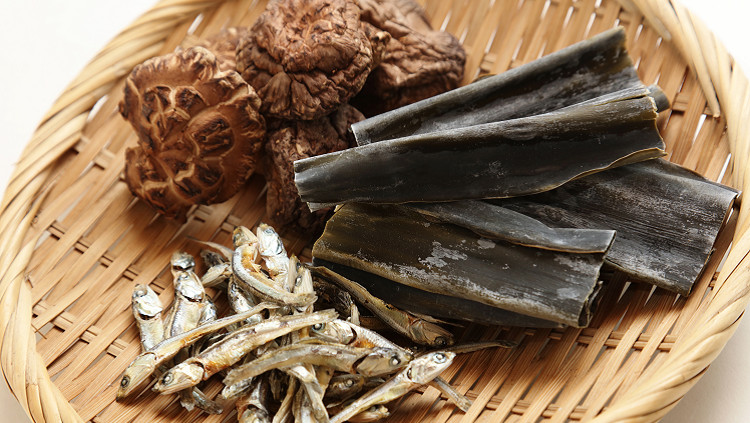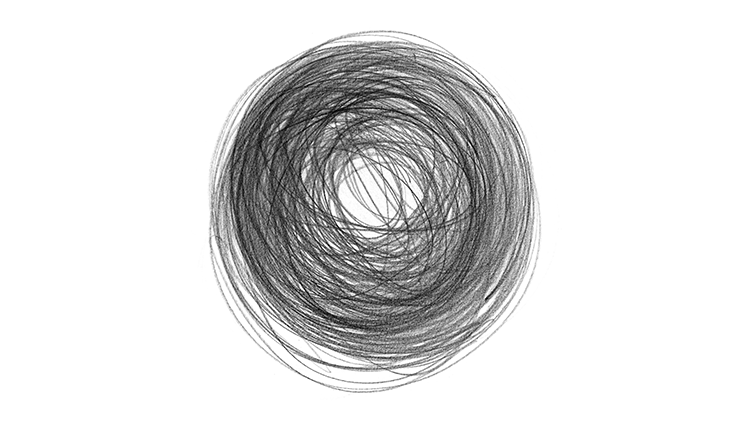Something to Savor: The Neuroscience of Flavor
- Published15 Oct 2025
- Source BrainFacts/SfN
In this puppet short, Chef Marinara is distressed to find that her breakfast just doesn't taste right.
Although there’s nothing wrong with her tongue’s ability to detect flavors, her flavor perception is temporarily off. That’s because we perceive flavor by combining information on the taste buds on our tongues with molecules reaching the olfactory cells in our nasal cavities. We then integrate tastes and smells, with food textures and temperatures, in our brain's gustatory cortex to give us “flavor.”
Luckily, her neuroscientist roommate explains that because Chef has a simple case of congestion, those odor molecules can’t reach her olfactory sensory neurons. When she’s no longer stuffed up, this renewed airflow also restores her experience of flavor.
This is the first place and People's Choice winning video from the 2025 Brain Awareness Video Contest.
Created by Gina Rizzo, Allison George, Diana Guarino, and Lindsey Czarnecki
CONTENT PROVIDED BY
BrainFacts/SfN
Transcript
[Yawn]
[Sneeze] Achoo!
[Eating]
Oh noooo!
Hey, Chef Marinara. Are you ok?
No, I'm not ok! Today is the big cooking competition, and I'm all stuffed up! I can't taste anything! You're a scientist, you have to help me!
Don't worry, I'm here to help. Let's talk about taste.
When we say something tastes sweet, salty, or sour, what we really mean is that tiny molecules from food are landing on your tongue. Your tongue has these little bumps called papillae, and inside those bumps are taste buds. Each taste bud has special cells with receptors that detect one of the five basic tastes: sweet, sour, bitter, salty, and umami — that's the savory taste you find in things like cheese or soy sauce. Or bacon!
Once your taste buds sense something, they send messages through special nerves in your head called cranial nerves. These nerves deliver the message to part of your brainstem. From there, the message goes to two places in the brain — the thalamus and the amygdala.
The thalamic pathway processes sensory information about taste — is it sweet or bitter? But the amygdala handles the emotional aspects that are also really important for taste... like, is something tasty or gross?
The taste information travels from the thalamus and amygdala to the outer portion of the brain called the cortex — specifically the insular cortex, which is tucked away on the side of the brain. The insular cortex gets signals from your tongue and even your stomach. The taste part of the insula, or the gustatory cortex, doesn't just process taste information coming from the tongue but also helps us do important things like expect food when we smell it being prepared.
So, that's taste. But flavor isn't just about taste... smell is a big part of it, too. We usually talk about smelling from our nose. But did you know that odor molecules can also reach your brain from your mouth?
When you chew, molecules go up through the back of your throat and bind to receptors on olfactory sensory neurons. The axons of these neurons travel to the underside of our brain to two small, almost rod-shaped structures called the olfactory bulbs. Unlike other senses, smell doesn't send a major projection to the thalamus. Instead, it goes to parts of the brain such as the amygdala and olfactory cortex.
Similar to how the gustatory cortex is part of the cortex that deals with tastes, the olfactory cortex deals with smells. The gustatory cortex actually gets smell-related information from the olfactory cortex. And when taste meets smell in the gustatory cortex — that's where flavor happens!
This is also where the brain combines sensations about the feel and temperature of what you're eating and drinking. It all comes together to give us flavor.
So, you said you can't taste. But that's not totally true. Your taste pathway is fine, but because your nose is stuffed, you can't smell well, so you also can't really detect flavor. But thankfully — I think I have something for that.
[Eating]
You’re right! I can taste a little salty, a little umami... but that's it. It's not the taste I'm missing; it's the flavor.
Here, try this nasal spray.
Ahhhhh I can breathe again! And I can taste again! Well, I can experience flavor again!
Yayyy!
Yay! Wahoo!
Also In Taste
Trending
Popular articles on BrainFacts.org



